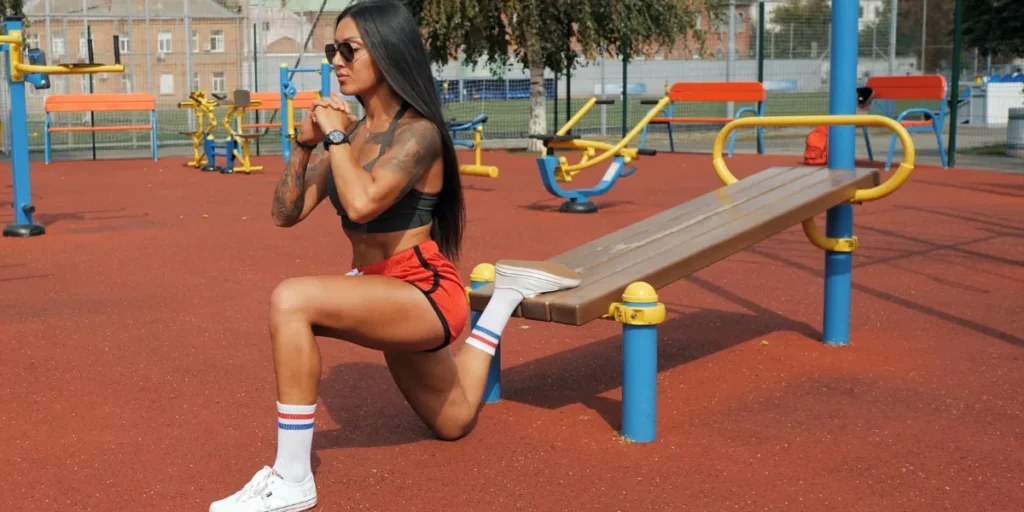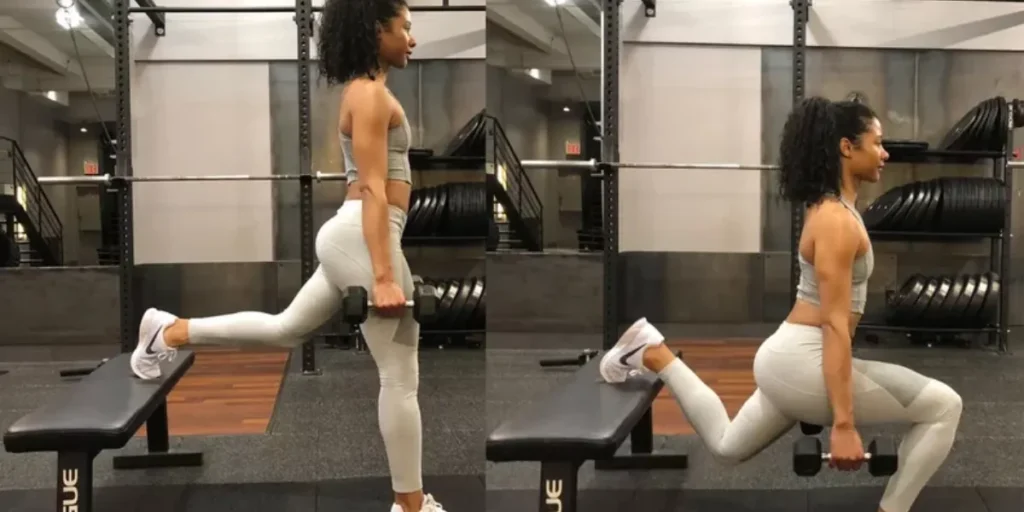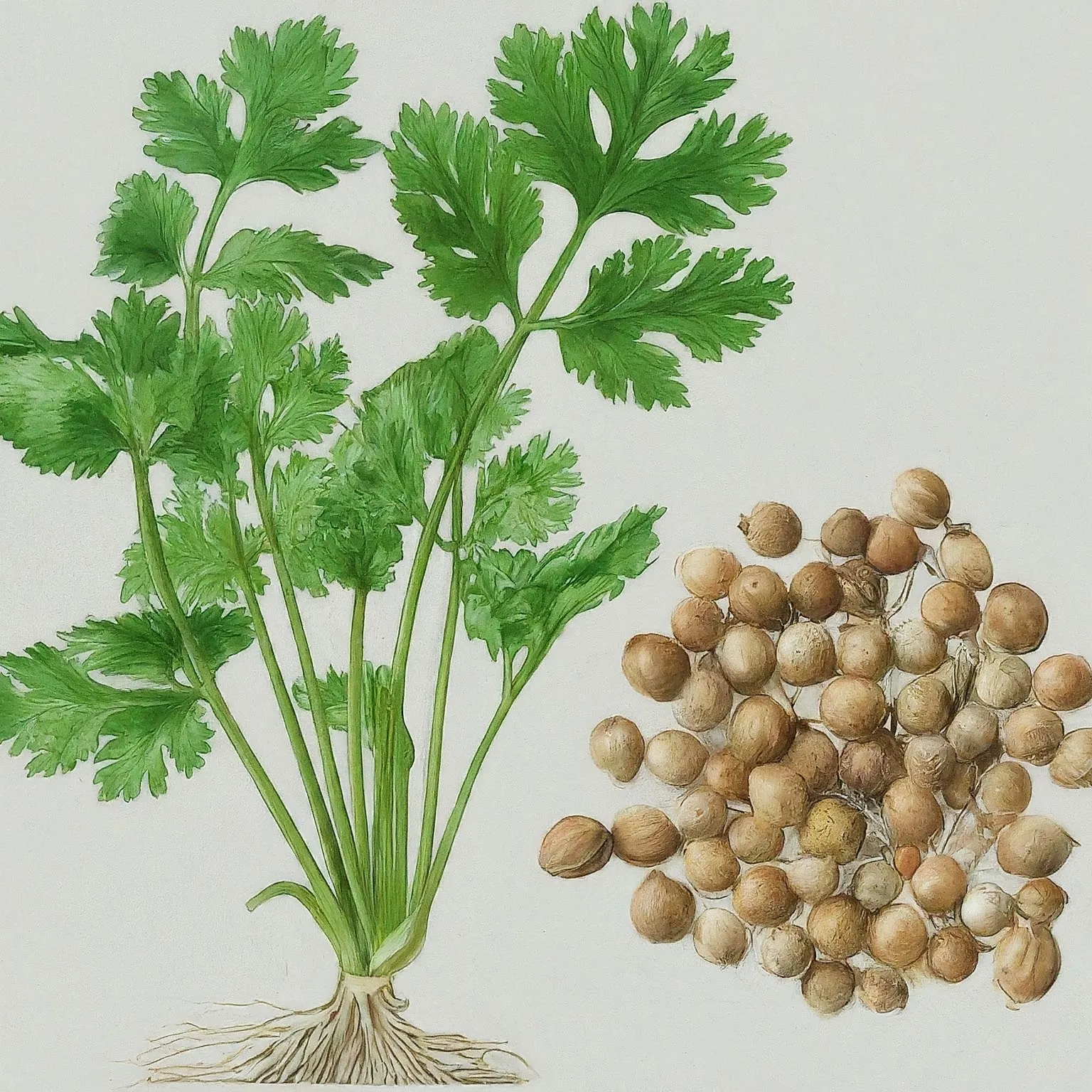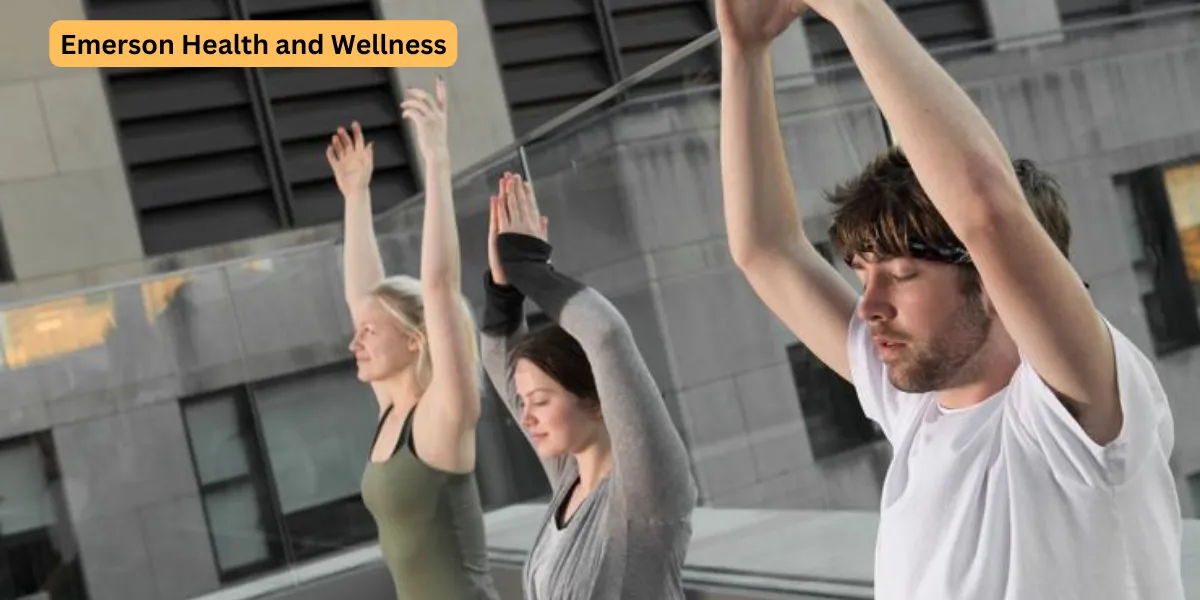The Bulgarian split squat, also known as the single-leg squat, is a fantastic exercise that strengthens and sculpts your lower body and core. This unilateral (one-legged) exercise offers a plethora of benefits, making it a valuable addition to any workout routine.
This article dives deep into the world of split squats, exploring the muscles it works, proper form, variations, and frequently asked questions.
Table of Contents
ToggleMuscles Targeted by the Bulgarian Split Squat
The Bulgarian split squat is a compound exercise, meaning it works multiple muscle groups simultaneously. Here’s a breakdown of the primary muscles engaged:
- Primary Movers:
- Quadriceps (Quads): The quads on the front of your thigh are the main drivers of the movement, responsible for extending your knee during the squat.
- Glutes: Your glutes, specifically the gluteus maximus, medius, and minimus, work hard to extend your hip and stabilize your posture throughout the exercise.
- Secondary Movers:
- Hamstrings: The muscles on the backside of your thigh, the hamstrings, help with knee flexion and stability.
- Calves: Your calves, particularly the gastrocnemius and soleus, are activated to maintain balance and push through your heel during the squat.
- Core: The Bulgarian split squat challenges your core muscles, including your abs and obliques, to maintain spinal stability and prevent twisting.
Foot Placement and Muscle Emphasis:
It’s interesting to note that by slightly adjusting your foot placement on the elevated surface, you can shift the emphasis between your quads and glutes:
- Quad-dominant: Place your rear foot closer to your body. This increases the knee flexion angle, putting more stress on the quads.
- Glute-dominant: Position your rear foot further away from your body. This creates a deeper hip hinge, activating the glutes to a greater extent.
Mastering the Bulgarian Split Squat: A Step-by-Step Guide
Here’s a breakdown of the proper form for the Bulgarian split squat:
- Find your setup: Stand in front of a bench, chair, or sturdy platform. Extend one leg back and rest your toes on the elevated surface. Maintain a hip-width distance between your feet.
- Engage your core: Brace your core muscles as if you’re about to be punched in the stomach. This stabilizes your spine and protects your lower back.
- Maintain a tall posture: Stand tall with your shoulders back and down. Keep your chest lifted and gaze forward.
- Initiate the squat: Lower your body by bending your front knee and pushing your hips back. Imagine sitting back in a chair.
- Descent depth: Descend until your front thigh is parallel to the ground (or as low as your flexibility allows) without compromising your form.
- Maintain knee alignment: Keep your front knee tracking in line with your second toe. Avoid letting your knee cave inward or outward.
- Push through your heel: To ascend, press through your front heel to drive yourself back up to the starting position.
- Repeat and switch legs: Complete the desired number of repetitions with one leg, then switch legs and perform the same number of repetitions on the other side.
Tips for Perfect Form:
- Focus on controlled movement: Move slowly and deliberately throughout the exercise to maximize muscle engagement and prevent injury.
- Don’t let your back round: Maintain a neutral spine throughout the movement.
- Keep your weight in your front heel: This ensures proper balance and power generation.
- Adjust the weight as needed: Start with bodyweight only and progress to holding dumbbells or a barbell as you get stronger.
Variations of the Bulgarian Split Squat
The beauty of the Bulgarian split squat lies in its versatility. Here are a few variations to target different muscle groups and challenge yourself further:
- Dumbbell Bulgarian Split Squat: Hold a dumbbell in each hand for added weight and resistance.
- Barbell Bulgarian Split Squat: Rest a barbell across your upper back for an even greater challenge.
- Bulgarian Split Squat with Bulgarian Bag: Use a Bulgarian bag (a weighted sandbag) held across your chest or on your shoulder for an unstable training stimulus.
- Bulgarian Split Squat with Forward Lunge: Instead of keeping your torso upright, lean slightly forward as you descend, mimicking a lunge motion. This variation emphasizes your quads even more.
Bulgarian Split Squat vs. Traditional Squat: A Comparison
Both the Bulgarian split squat and the traditional squat are excellent exercises for building lower body strength. Here’s a table outlining their key differences:
| Feature | Bulgarian Split Squat | Traditional Squat |
|---|---|---|
| Movement Type | Unilateral (one leg) | Bilateral (two legs) |
| Muscle Emphasis | More emphasis on glutes and core with quad focus depending on foot placement | More balanced distribution between quads, glutes, and hamstrings |
| Balance and Coordination | Requires greater balance and coordination | Less demanding on balance |
| Stability | Less stable due to single-leg stance | More stable due to bilateral stance |
| Weight Capacity | Generally uses lighter weights due to unilateral nature | Can handle heavier weights due to bilateral support |
| Injury Risk | Potentially higher risk if form is compromised | Lower risk with proper form |
| Applications | Great for addressing imbalances, core strengthening, and rehab | Excellent for building overall lower body strength and power |
drive_spreadsheetExport to Sheets
Choosing the Right Exercise:
The best choice between Bulgarian split squats and traditional squats depends on your fitness goals and experience level.
- Beginners: Traditional squats are a good starting point due to their stability and ease of learning proper form.
- Experienced Athletes: Bulgarian split squats offer a great way to challenge your balance, and core, and target specific muscle groups.
- Rehabilitation: Bulgarian split squats can be a valuable tool for rehabilitation programs as they allow for isolated movement and focus on one leg at a time.

Bulgarian Split Squat FAQs:
- Can I do Bulgarian split squats without a bench? Absolutely! You can perform them by resting your rear foot on a sturdy object like a stair or exercise block.
- How many sets and reps should I perform? Aim for 3-4 sets of 8-12 repetitions per leg. Adjust the sets and reps based on your fitness level and the weight you’re using.
- What are some common mistakes to avoid?
- Rounding your back: Maintain a neutral spine throughout the movement.
- Letting your knee cave inward: Track your front knee in line with your second toe.
- Not using your full range of motion: Descend until your front thigh is parallel to the ground (or as low as your flexibility allows).
- Using too much weight: Focus on proper form before increasing weight.
- Is it okay if my rear heel doesn’t touch the ground? It depends on your flexibility. If you can’t comfortably keep your rear heel down while maintaining proper form, adjust the height of the bench or platform.
- I feel pain in my knee. What should I do? Stop the exercise immediately and consult a doctor or physical therapist if the pain persists.
- Can I perform Bulgarian split squats every day? It’s best to allow your muscles sufficient recovery time. Aim for 2-3 non-consecutive workouts per week targeting your lower body.
- What are some good warm-up exercises before Bulgarian split squats? Light cardio, dynamic stretches like leg swings and lunges, and air squats are all great warm-up options.
- How can I progress the exercise once I get stronger? You can increase the weight you’re holding, perform more repetitions or sets, or try a more challenging variation like the Bulgarian split squat with a Bulgarian bag.
- Are Bulgarian split squats good for the glutes? Yes! Especially when you position your rear foot further back during the movement, Bulgarian split squats effectively target your glutes.
- Can I do Bulgarian split squats with dumbbells if I don’t have a barbell? Absolutely! Dumbbell Bulgarian split squats are a fantastic way to add weight and challenge yourself.
Conclusion
The Bulgarian split squat is a versatile and effective exercise that deserves a place in your workout routine. With proper form and technique, it can strengthen your lower body, improve balance and coordination, and sculpt a powerful physique. So, give Bulgarian split squats a try and feel the difference!tunesharemore_vert














